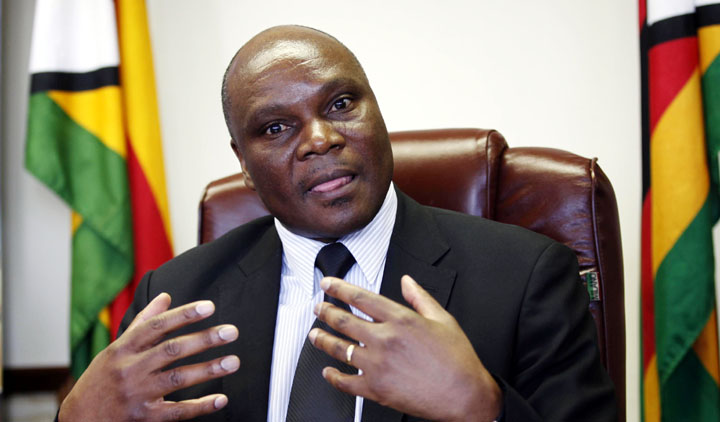
JOHANNESBURG — As Mozambique’s “world-class” gas resources are developed and coal bed methane (CBM) increasingly offers potential, Zimbabwe could seemingly leverage gas opportunities to meet its rising energy demands.
Mozambique’s gas finds are expected to fuel the southern region of Africa, where many countries are battling to meet ever-increasing energy demands.
Mozambique, which currently used 13 000 GWh of its 17 000 GWh electricity output – generated mostly from hydropower – was already a net exporter, particularly to South Africa.
And, despite Zimbabwe’s 10,25 billion-tonne coal potential, the Southern African country could exploit its gas reserves and develop a gas-to-liquid (GTL) plant, using gas as an alternative to coal, John Hollaway and Associates consultant John Hollaway said on Friday.
Speaking at the second Zimbabwe Energy Future conference, in Johannesburg, he said many coal projects had faltered on the back of poor quality coal, with only the Hwange region boasting about 2,1 billion tonnes of coking coal potential. A move to build a $5 billon 60 000 bl/d GTL plant could support a country using 30 000 bbl/d of mostly imported liquid fuels and would be about 60% cheaper than the development of a coal-to-liquid (CTL) plant.
But, Cobramar head Michel Thuysbaert believed that about 600 000 tonnes of unexportable coal could be monetised and beneficiated through the establishment of a Phase-1 Fischer-Tropsch CTL plant in Zimbabwe.
Outlining a proposed plant, he said the small-scale Phase 1 plant, with a 1 350 bl/d capacity, aimed to kick-start the country’s ambitions of reversing petroleum importation to eventually become a petroleum exporter.
The terms of reference for a prefeasibility study were currently being prepared and were expected to be completed this year, while Cobramar planned to progress a bankable feasibility study in 2015.
- Chamisa under fire over US$120K donation
- Mavhunga puts DeMbare into Chibuku quarterfinals
- Pension funds bet on Cabora Bassa oilfields
- Councils defy govt fire tender directive
Keep Reading
Production at the $3 billion to $3,5 billion Phase 1 plant would start in 2018/19, with output eventually ramping up to 30 000 bbl/d.
Thuysbaert said a number of discussions were under way for a potential public–private partnership, which was essential for the project’s success.
Meanwhile, Zimbabwe-based coal producer Hwange Colliery mining planning and business manager Oliver Maponga noted that Zimbabwe could leverage its more than 800 million cubic metres of undeveloped CBM across the Hwange and Lupane regions. The conservative estimations could power Zimbabwe, which imported some of its power requirements from its neighbours the Democratic Republic of Congo, Mozambique and South Africa.
Zimbabwe’s current 2 200MW demand, which surpassed its capacity of less than 1 900MW, could be met with the addition of a 3 000MW capacity through the development of $3,4-billion in energy projects.
These included Hwange 7 and 8 coal, Lupane gas, Kariba south extension hydropower, Sengwa coal and Batoka hydropower.
– MiningWeekly










